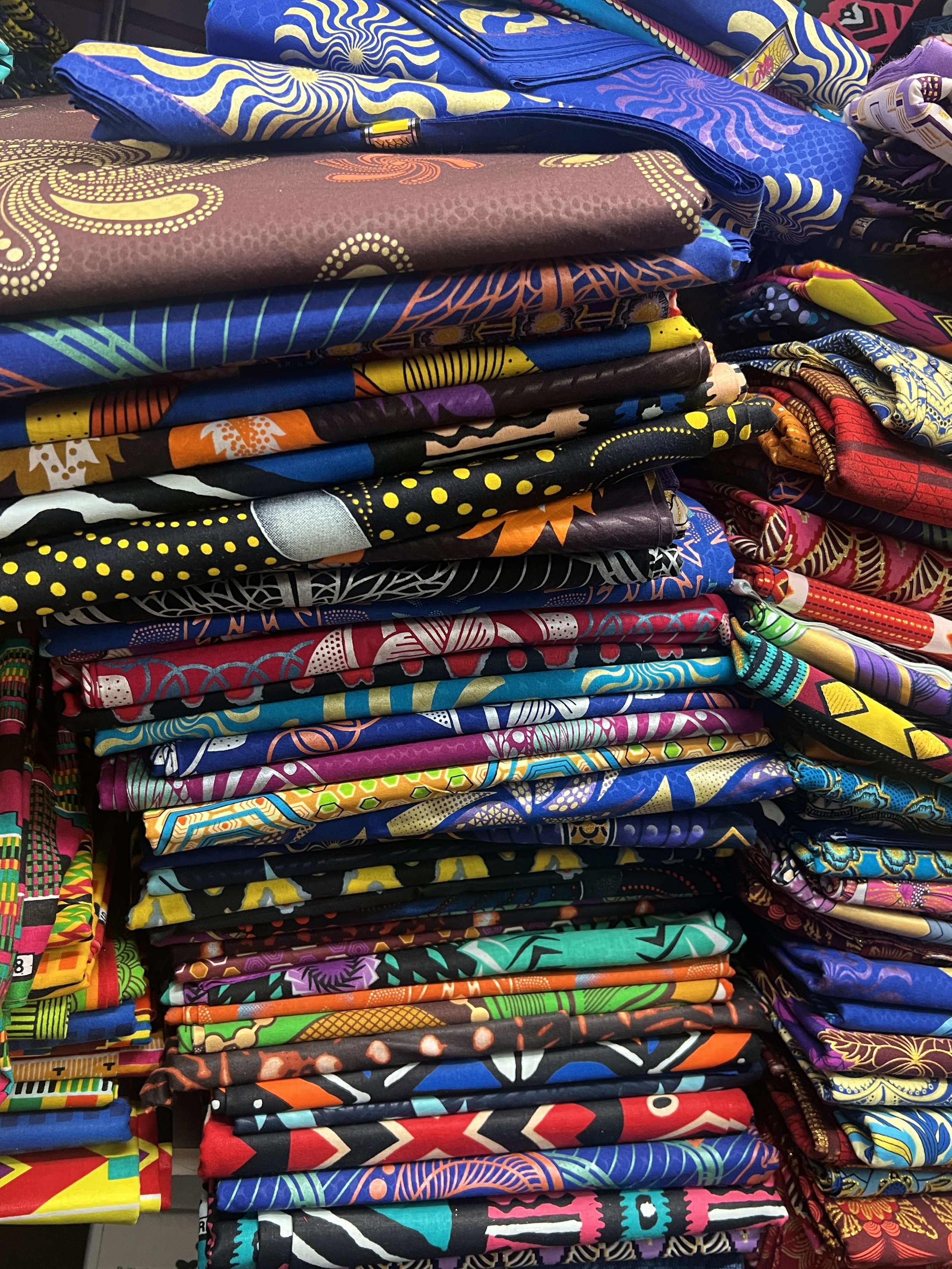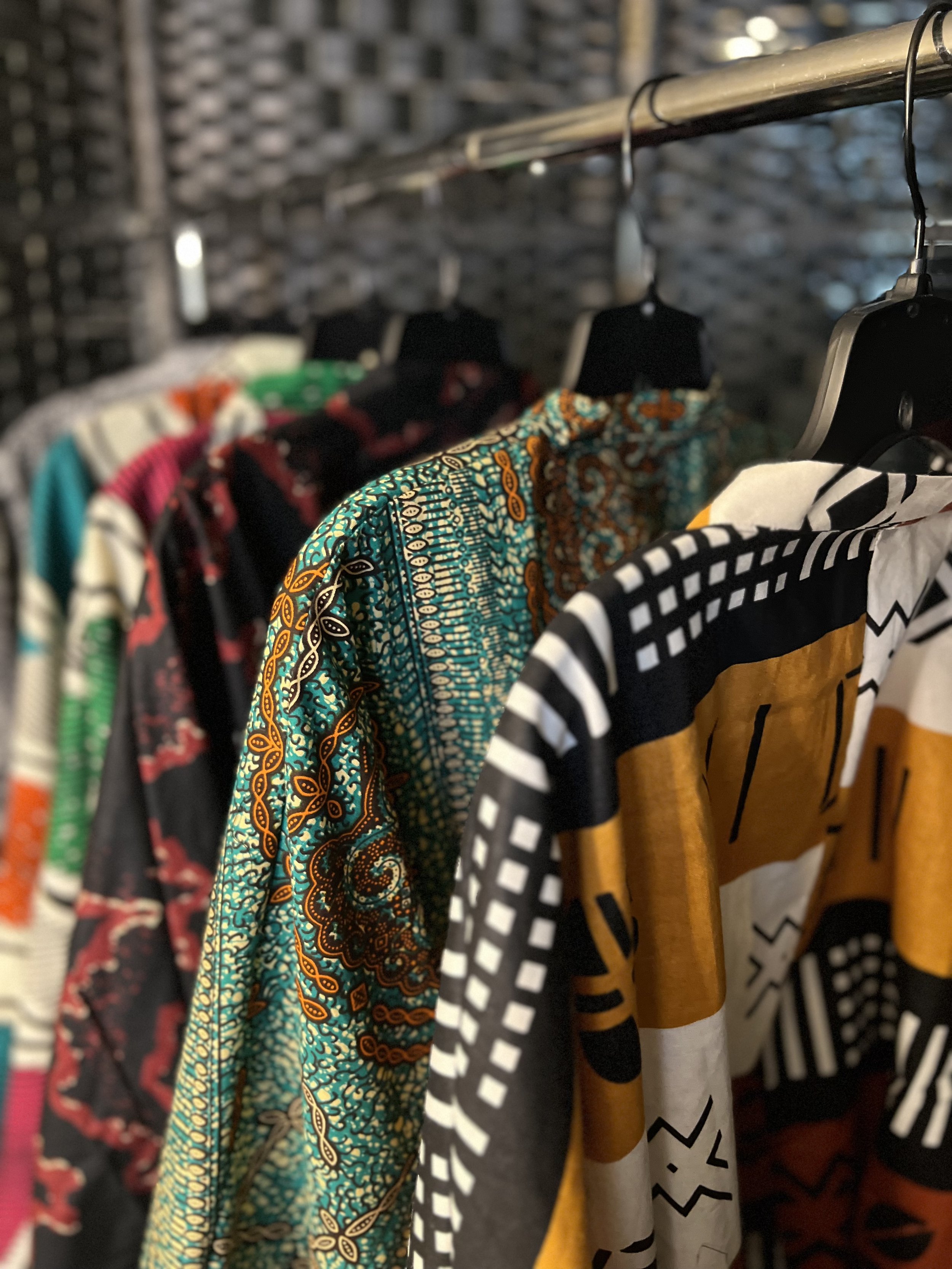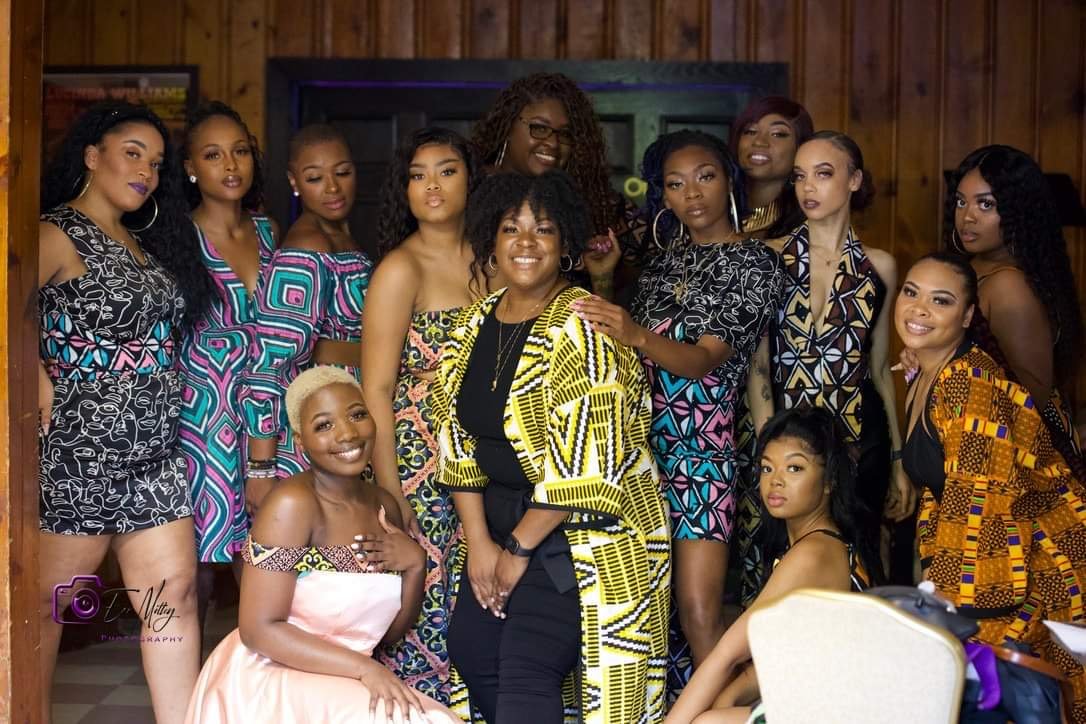Ankara Fabric
ANKARA HISTORY
Ankara fabric, a lively and vivid textile, holds a central place in African fashion. It is also recognized by names such as African wax prints, Holland wax, and Dutch wax. Typically crafted from 100% cotton, this fabric boasts striking and detailed patterns that mirror the rich cultural heritage and traditions of African communities. Moreover, the designs and colors exhibit identical brilliance on both sides of the material.
Can you believe that African textiles didn't actually originate in Africa? Back in 1846, there was a significant demand for printed cotton, which led Dutch entrepreneur Pieter Fentener Van Vlissingen to mechanize the process of printing on batiks, a well-liked fabric worn in Indonesia. So, the African textile we now know as 'Kitenge' in East Africa and 'Ankara' in West Africa actually had its beginnings in Indonesia.
Durability
Ankara fabric stands out for its enduring vibrancy, unlike many other printed textiles that tend to fade quickly. This resilience can be attributed to the "wax resistant" printing technique employed in the production of this fabric.
Essentially, Ankara prints are crafted using a Batik dyeing technique originally from Indonesia. This method involves creating patterns by selectively preventing the dye from penetrating the entire fabric. Consequently, due to its straightforward cotton composition, Ankara fabric is renowned for its versatility, comfort, and ease of handling, allowing for unconventional and creative fashion designs.
See my latest Ankara Haul here!
Find some of my favorite types of Ankara Fabric on my Amazon storefront. #CommisionsEarned






